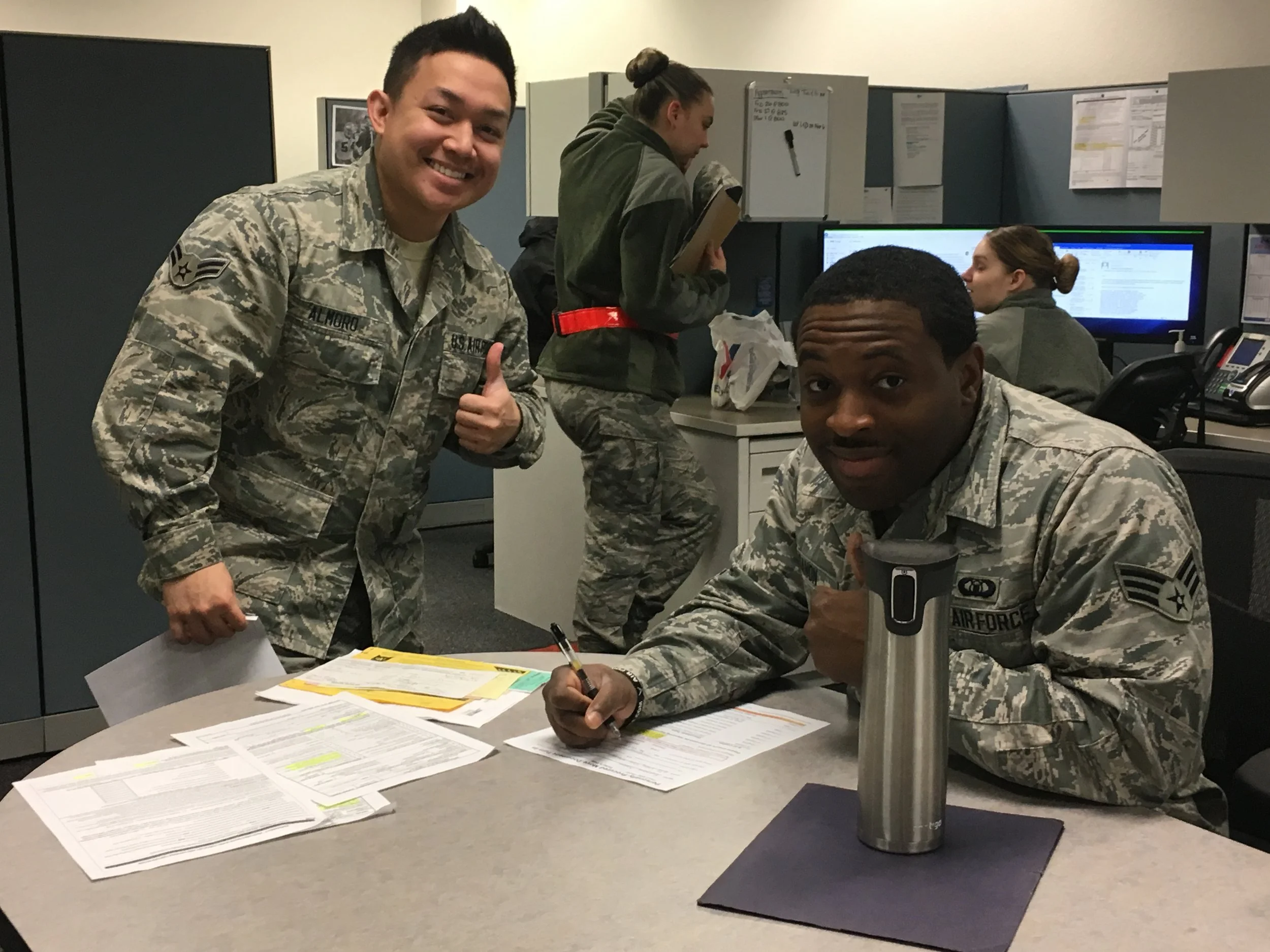U.S. Transportation Command
MilMove
We partnered with the Defense Digital Service and the U.S. Transportation Command (USTRANSCOM) to create MilMove, a digital system for moving U.S service members and their families’ personal belongings.
We partnered with the Defense Digital Service and the U.S. Transportation Command (USTRANSCOM) to create MilMove, a digital system for moving U.S service members and their families’ personal belongings.
Completely redesign and rebuild the system for planning, requesting, approving, procuring, scheduling, paying for, and tracking the movement of personal property for 430,000 military personnel each year. This comprises 15% of all moves performed in the U.S.
Moving is stressful even when it goes well. Unfortunately, the experience most service members have had with the existing system has been riddled with inconsistent processes from location to location, confusing directions, and tedious, time-consuming, and ultimately unnecessary processes. It’s a major factor in why moving is the second-most-traumatic military experience for service members, trailing only active combat deployment.
Overview of a service member’s move
We conducted over 100 interviews and 20 site visits to understand the needs and pain points of service members, military base office personnel, and moving companies. From that research, we designed and delivered:
A modern, user-centric web application to help service members move their own belongings and get reimbursed, or use a third-party to handle it for them. For the first time, they can conduct this process from their mobile devices in under 10 minutes.
We are currently building out functionality to handle other types of moves that aren’t self-service.
A web application for office staff of TRANSCOM who are administering the moves.
A web application for Transportation Service Providers (TSPs) who are responsible for moving the service members’ physical goods.
Built secure and operational infrastructure, automated deployment process, and had our first cloud deployment within a month of starting the project.
Passed Hack the Pentagon penetration testing and audits with the best scores to date at the time of the test thanks to the strong foundation laid out above.
Began moving service personnel in only five months thanks to continuous delivery and agile project definition, despite complicated integrations with multiple federal systems and APIs.
Performed multiple deploys daily which was a significant departure from the existing norms on the order of weeks or months.
Trained our partners to execute a large-scale transformative project in an agile way by modeling best practices.
Showed how user-centered, iterative design and development practices can bring value and reduce risk.

Usability testing with service members

Truss’s MilMove prototype was officially declared a success in May 2020, which places this project in elite company amongst DoD prototypes, and even fewer prototype are shifted into production like MilMove has been. We took a manual, paper process that service members dreaded and trimmed it down to something that only requires 10 minutes and a mobile device. Office staff and transportation providers have the information they need in a clear and easy to digest format. Entire workflows between offices, locales, and service branches have been standardized and streamlined. And the agency has the infrastructure, processes, and ownership in place to continue to improve upon this work well into the future.